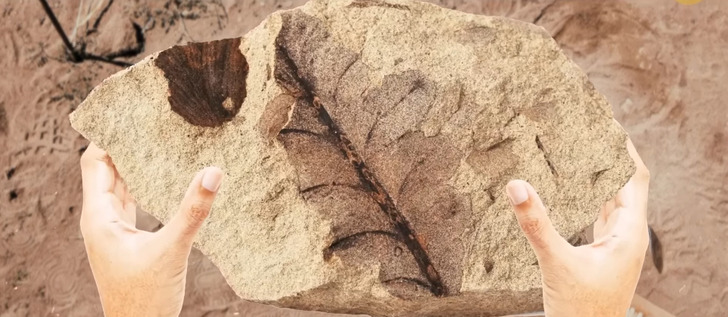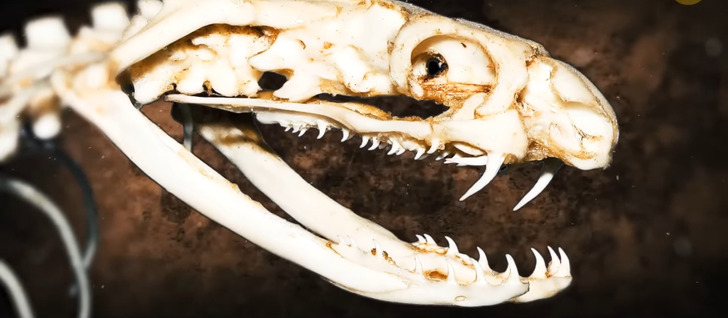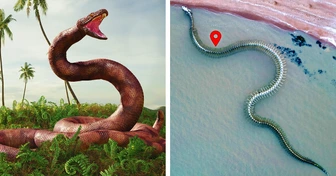In the early 2000s, a geology major Fabiany Herrera went on a field trip to the world’s largest open-pit coal mine in Colombia. He picked up a piece of rock and noticed impressions of some prehistoric leaves on it. Then, he found more rocks, and each of them had the same pattern. Back then, the student could hardly know that his discovery would help describe the largest snake that has ever lived on Earth!
The student took his findings to a local scientist who called up the Smithsonian Institute and invited them for a fossil hunt. He wasn’t that surprised as he knew there were fossils in the pits of Cerrejón [SE-re-HON]. Back in 1990, another geologist found a fossil there and brought it to his office. He wasn’t sure of what it was and called it a “Petrified Branch.”

Years later, paleontologist Jonathan Bloch saw an image of this “branch.” He knew it wasn’t a branch at all but a fossilized jawbone of an animal! The scientist got so excited about the find that he flew all the way to Colombia. He wanted to examine the fossil, but no one had the key to its glass display case.
The scientists couldn’t wait, so they broke the glass and confirmed that it was a fossil of an animal that lived millions of years ago! After Herrera’s finding, they knew exactly there were more fossils in the area. It took the team of scientists about two years to figure out they were all a part of a giant snake and not a crocodile, as they thought because of the size. They managed to establish it by looking at the vertebrae and ribs of around 30 giant snakes.
You might think that fossils would get easily destroyed in an open-pit coal mine. But in fact, they were found under the coal that served as a protective layer for them.

Sadly, the scientists couldn’t find the Titanoboa’s skull. Unlike jaws, which are extremely powerful thanks to their muscles, snake bones are pretty fragile. That’s why they usually crumble long before the sediment can appear over them. But still, the researchers managed to find 3 skull fragments.
Thanks to this discovery, they’ve made a full-scale replica of the snake’s head, which supported the theory that it used to be one of the largest predators of its time. If you’re starting to freak out, don’t worry, so am I. They also established it was related to modern boas and anacondas. That’s how Titanoboa got its name — it’s basically a “titanic boa.” The huge snake was officially described in 2009.
Titanoboa was thriving around 60 million years ago, 6 million years after Tyrannosaurus-Rex roamed the planet. Back then, it enjoyed the climate of the area in South America, which is now Colombia and Peru. It got almost as long as a bowling lane or twice as long as the biggest snake living today. It was as heavy as 4 giant anacondas 2,500 lb.
It got this long and this heavy thanks to a lucky coincidence. Snakes are cold-blooded animals, so they need a warm climate to live and grow in. Northeastern Colombia was perfect — it was about 90 °F when Titanoboa was alive.

Leave a Reply